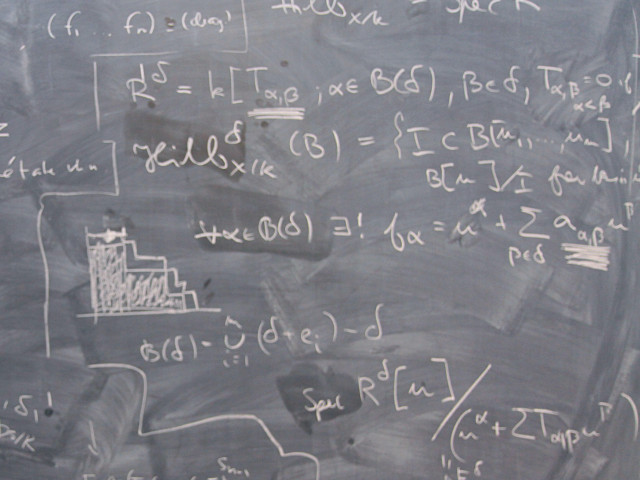FEM-formulering för linjära och ickelinjära partiella differentialekvationer. Elementtyper och deras implementation. Nätgenerering. Adaption. Feluppskattningar. Effektiva lösningsmetoder (t.ex. med multigrid-metoden).
Tillämpningar till stationära och transienta diffusionsprocesser, elasticitet, konvektion-diffusion, Navier-Stokes ekvation, kvantmekanik m.m.
